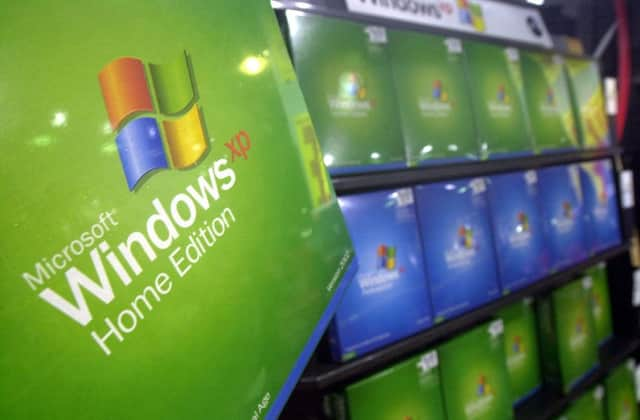Why you'll soon have no choice but to upgrade your Windows XP PC


My view at the time was to take no notice: there is never any point in trying to fix something that isn’t broken and, although it was 13 years old, even then Windows XP was functioning as well as it ever did in most circumstances.
Sadly, that’s no longer the case. Newer software runs only on later versions of Windows, and even perennial fixtures like Google’s Chrome browser are dropping away. Forthcoming Chrome updates mean it will cease to function properly with anything older than Windows 7.
Advertisement
Hide AdAdvertisement
Hide AdSo if you have a computer still running XP, it is going, finally, to need upgrading. This is not only an expensive business but an extraordinarily involved one, for which you may want to set aside several evenings. If you thought computers were supposed to uncomplicate things, you’ve clearly never dealt with Microsoft.
The problems are twofold: Windows XP users are not eligible for the free upgrade to Windows 10 announced upon its launch last year (a retail copy will cost you around £78); and you must install the latest version from scratch. This second issue means you will lose all your files and settings, unless you go through a labyrinthine process of transferring them to a USB stick and back again. It’s not surprising that for many people, the only sensible upgrade path is a new computer.
But there is a cheaper option: an extra hard disk. Fitting an additional drive frees up space to install a new version of Windows alongside your old one, with your files left intact. Once you’ve booted your PC into the new version, it’s just a matter of telling it where those files are. This itself will be easier said than done, and you may still need to reinstall some of your third-party software, but at least you’re not starting with a blank canvas.
There’s no need to put in a new physical disk, either: your existing hard drive is capable of being “partitioned” into two or more sections which Windows treats as if they were separate. You can format, or wipe clean, one section without affecting the others.
Advertisement
Hide AdAdvertisement
Hide AdPartitioning a disk doesn’t even require any extra software: you can do it from within Windows by right-clicking My Computer and choosing Manage. Follow the on-screen instructions carefully if you’re not sure what you doing – there is a chance of deleting the contents of your current disk by mistake.
The installation process requires, of course, that you acquire a copy of a current version of Windows, but Microsoft’s arcane licensing system means even this is fraught with difficulty. Googling “Buy Windows 10” produces a slew of results from retailers asking as little as £20 for a copy. But you don’t get an install disk; just a serial number. This has probably come from a broken or decommissioned laptop – it may work but it contravenes the licence terms.
Only the PC industry has the brass neck to deliberately build obsolescence into such expensive products. No wonder fewer of us are buying them.